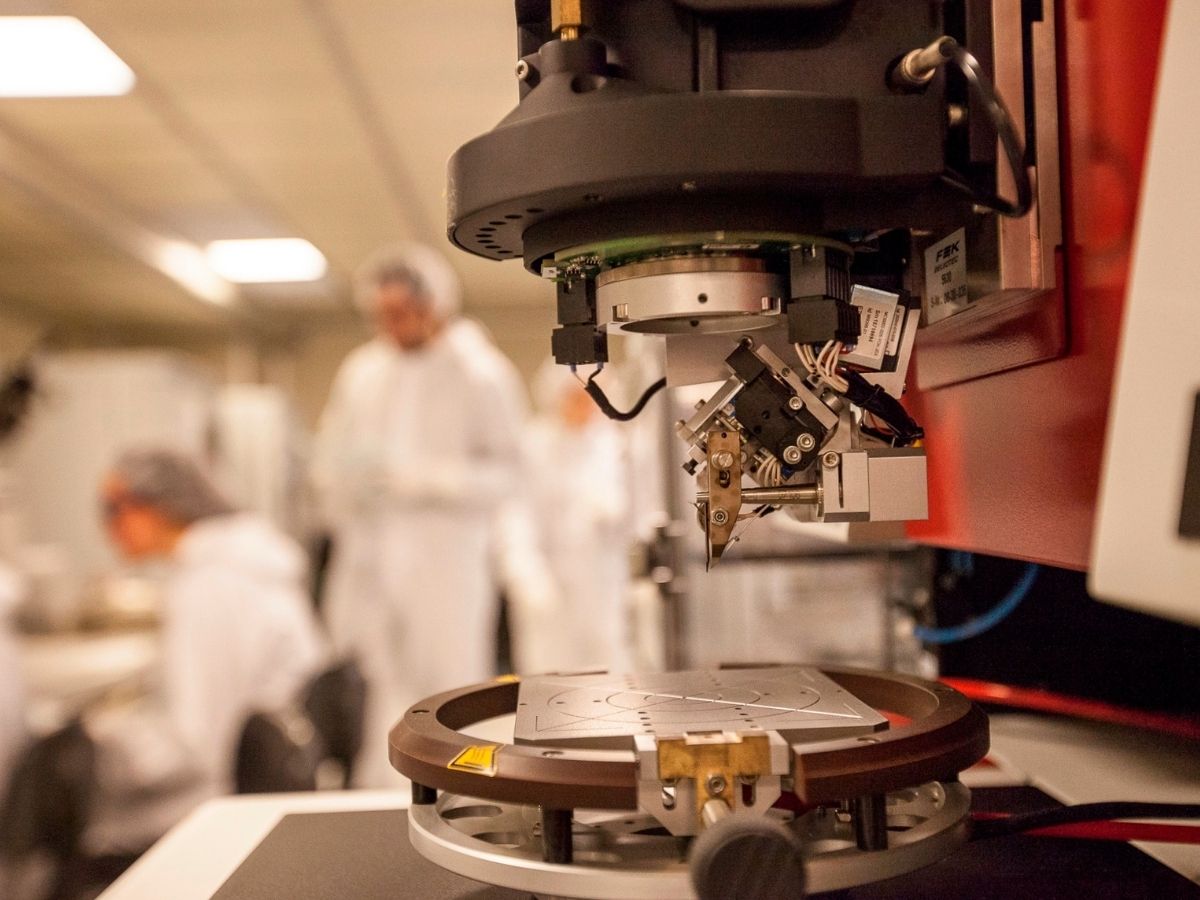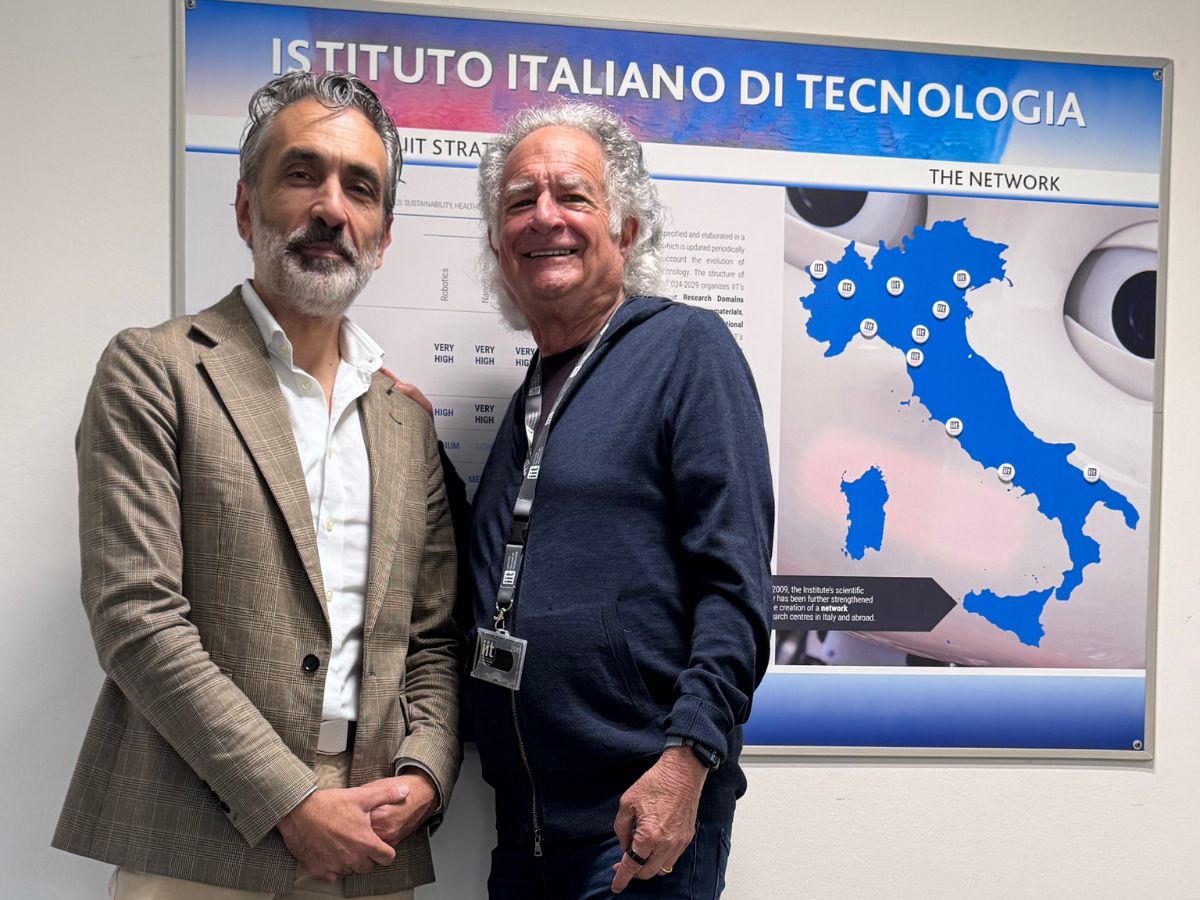Two IIT research groups and start-up Foresee Biosystems involved in European consortium
Developing new drugs with low toxicity by analysing a specific feature of the symmetry of their molecules, chirality: this is the ultimate goal of the European TwistedNano project presented today at the University of L’Aquila, which is its coordinator, together with a number of researchers from IIT, a partner in the project.
The TwistedNano project – Twisted nanophotonic technology for integrated chiroptical sensing of drugs on a chip, has been financed by the European Innovation Council through the “Pathfinder Open” competitive programme with a total budget of around 4 million euros, and comprises an international consortium of European institutions and companies, including in Italy, in addition to the University of L’Aquila and IIT, the pharmaceutical industry Dompé Farmaceutici S. p.A. and the young Italian start-up Foresee Biosystems, budding from IIT research.
Chirality is the characteristic of an object that makes it impossible to superimpose its mirror image, as happens with our hands. In pharmacology, the chirality of molecules plays an important role since the efficacy of drugs depends to a large extent on their chiral composition. Therefore, chiral purity and selectivity is an important issue for the development of new drugs and for testing their biotoxicity.
In particular, new drug research requires reliable, ultra-sensitive and fast techniques to identify, refine and test small volumes of chiral drug candidates for clinical trials. TwistedNano responds to this need through the development of next-generation miniaturised devices that enable the characterisation of small quantities of chiral drugs of the volume of a few nanolitres by means of light, revolutionising at source the technological detection tools for new drug discovery and nanomedicine.
IIT’s two research groups, coordinated by researchers Andrea Toma and Francesco Di Stasio, will contribute to the project by preparing various nanostructures with chiral properties. These architectures will increase the efficiency of identifying the drugs under study and will be manufactured using clean-room nanofabrication methods (similar to those used in consumer electronics) and through direct chemical synthesis approaches. European and Italian partners will study the optical properties of the chiral nanostructures and validate the technology platform.
IIT start-up Foresee Biosystems will provide advanced algorithms for data analysis and support for device development and assembly. In addition, Foresee Biosystems will help evaluate possible exploitation strategies starting with the definition and characterisation of the target market.
The University of L’Aquila, in addition to coordinating the project, will see the collaboration between the Department of Physical and Chemical Sciences (Prof. Andrea Marini, Prof. Isabella Daidone, Prof. Alessandra Continenza, Prof. Massimiliano Aschi) and the Department of Clinical Medicine, Public Health, Life Sciences and the Environment (Prof. Anna Maria Cimini). They will be responsible for the theoretical modelling of the innovative devices that will be implemented.
Presenting the details of the project at a press conference in L’Aquila were University Rector and Pro-Rector Edoardo Alesse and Antonio Mecozzi; Professor Andrea Marini, Professor of Physics at the Department of Physical and Chemical Sciences at the University of L’Aquila; Domenico Bonanni, New Technologies and Innovation Specialist at Dompé Farmaceutici; Francesco Tani, researcher at the Max Planck Institute; Andrea Toma and Francesco Di Stasio, researchers at the Italian Institute of Technology; Giovanni Melle, CEO of the start-up Foresee Biosystems.
The consortium includes: Università degli Studi dell’Aquila, IIT – Istituto Italiano di Tecnologia, EPFL – Ecole Polytechnique Fédérale de Lausanne, MPL – Max Planck Institute for The Science of Light, CNRS – Centre national de la recherche scientifique, ICFO – The Institute of Photonic Sciences), Dompé Farmaceutici S.p.A. e Foresee Biosystems.





